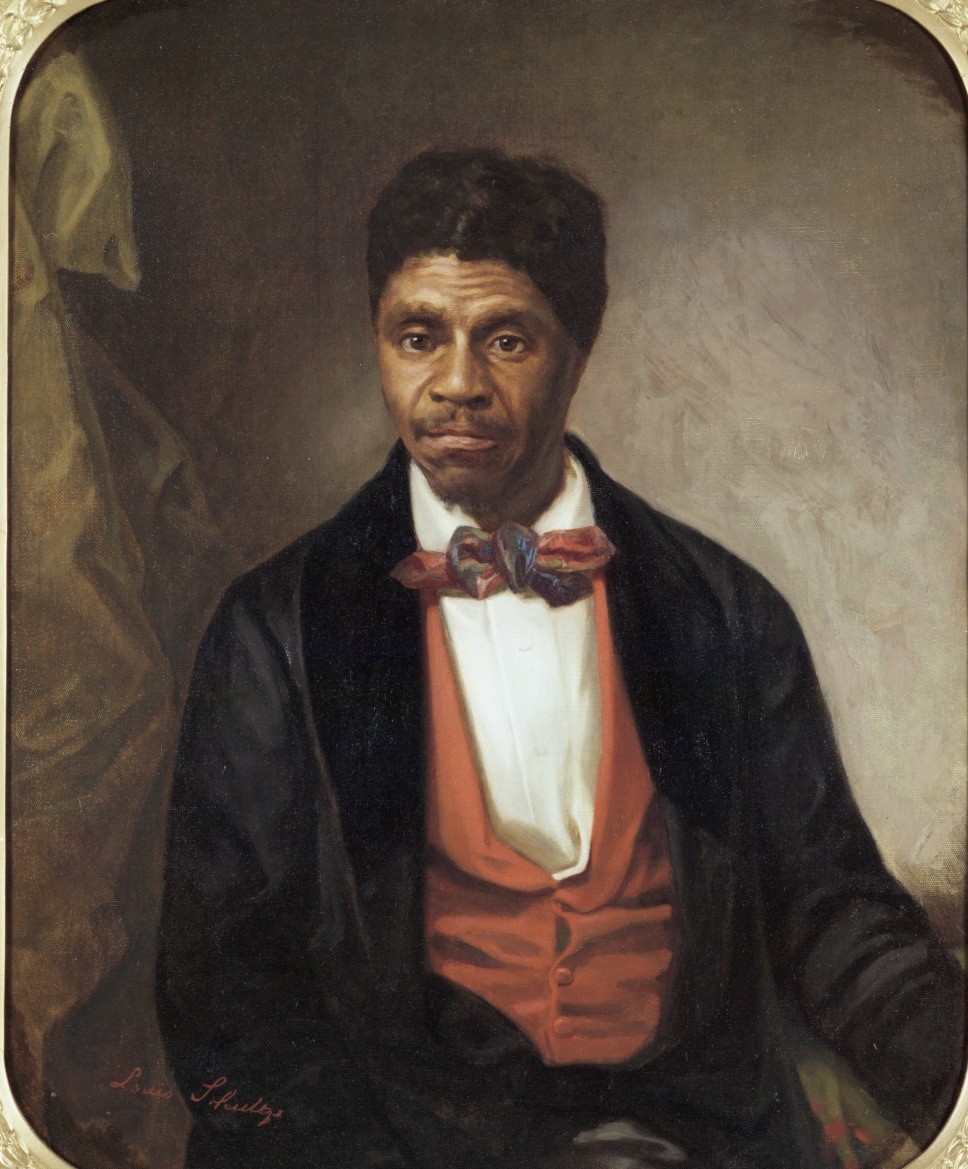| 1821 |
President James Monroe signed a proclamation on August 10, 1821 for Missouri to become the 24th state. |
| 1821 |
The American Colonization Society founded the colony of Liberia in western Africa for freed slaves. |
| 1823 |
The Missouri General Assembly authorized each county to establish slave patrols to guard against slave plots and insurrections. |
| 1824 |
The Missouri General Assembly retained territorial legislation enabling persons held in slavery illegally to sue for their freedom (December 30). |
| 1824 |
In the slave freedom suit Winny v. Whitesides, the Missouri Supreme Court established the judicial precedent of "once free, always free" on December 30, 1824 to determine the outcome of freedom suits, retaining prior territorial legislation. |
| 1827 |
In Merry v. Tiffin & Menard, the Missouri Supreme Court held that a slave was emancipated by residence in any territory where slavery was prohibited by the Northwest Ordinance of 1787. |
| 1829 |
In Trammel v. Adams, the Missouri Supreme Court determined that residence in Illinois entitled a slave to freedom even if s/he came to Missouri afterward. |
| 1834 |
Missouri Supreme Court case Marguerite v. Pierre Chouteau, Sr. officially ended Indian slavery in Missouri on November 14, 1834. |
| 1835 |
“An Act concerning free negroes and mulattos” requiring all free persons of color, ages seven to twenty-one, to be bound as apprentices or servants was passed on March 14, 1835. To remain in Missouri, older free persons of color were required to obtain a "free-license" from the county court. |
| 1836 |
The descendants of Marie Jean Scypion, an Afro-Indian slave in colonial Missouri, were awarded freedom by the Jefferson County Circuit Court based on their Native American ancestry following legal battles that lasted over three decades. The Missouri Supreme Court and the United States Supreme Court upheld the decision in 1838. |
| 1836 |
In Rachel v. Walker, the Missouri Supreme Court held that if an officer of the United States Army takes a slave to a territory where slavery is prohibited, he forfeits his property. |
| 1836 |
After he fatally stabbed a deputy sheriff, Francis McIntosh was brutally lynched in St. Louis, earning the city a reputation for lawlessness and barbaric behavior (April 28). |
| 1837 |
Elijah Lovejoy, abolitionist clergyman and St. Louis newspaper editor, died defending his press from a mob siege in Alton, Illinois (November 7). |
| 1837 |
The Missouri Supreme Court, in Jennings v. Kavanaugh, ruled that an owner was not liable for the criminal acts of his slave property. |

Dred Scott
courtesy Missouri Historical Society
|
| 1846 |
The constitutionality of the "free-license" law was upheld. |
| 1846 |
Dred and Harriet Scott, an enslaved couple in St. Louis, sued for their freedom in the St. Louis Circuit Court on April 6, 1846, under Missouri’s “once free always free” statutes. The suit was allowed based on their owner moving them to the free territory of Wisconsin before returning them to Missouri. |
| 1847 |
The Missouri General Assembly passed “An Act respecting slaves, free negroes, and mulattos” prohibiting the education of Black people, free or enslaved, on February 16, 1847. This act also included that no other free persons of color could immigrate into the state, contradicting the second Missouri Compromise which stated the Missouri constitution should "never be construed to authorize the passage of any law" impairing the privileges and immunities of any U.S. citizen. |
| 1854 |
President Franklin Pierce signed the Kansas-Nebraska Act, allowing "popular sovereignty" to determine whether a territory would be a slave or free state. This act set the stage for the violent Kansas-Missouri border wars where Missouri "Border Ruffians" and Kansas "Jayhawkers" transformed a frontier quarrel over slavery's borders into a national issue (May 30) |
| 1855 |
Celia, a Callaway County enslaved woman, was executed for the murder of her sexually abusive owner, Robert Newsom on December 23, 1855. In Missouri in 1855, it was a crime “to take any woman unlawfully against her will and by force, menace or duress, compel her to…be defiled,” allowing women to argue self-defense in resisting such assaults. However, the court ruled that enslaved women did not have such a right. |
| 1857 |
U.S. Chief Justice Roger B. Taney handed down the Dred Scott decision March 6, 1857. The case, Dred Scott v. Sanford, which originated in St. Louis, intensified the controversy regarding the expansion of slavery. Taney concluded that Scott lacked standing in court because he lacked U.S. citizenship. In Taney's Opinion, enslaved people as well as free persons of color, would never be able to become U.S. citizens and therefore Scott had no standing to sue in a court of law. Taney also took the opportunity to argue that each state had the right to determine the status of enslaved people, and Congress had exceeded its powers in forbidding slavery in certain areas of the Louisiana Purchase; therefore, the Missouri Compromise was unconstitutional. |
| 1858 |
The Colored Aristocracy of St. Louis, published by Cyprian Clamorgan, profiled St. Louis free African American society. |